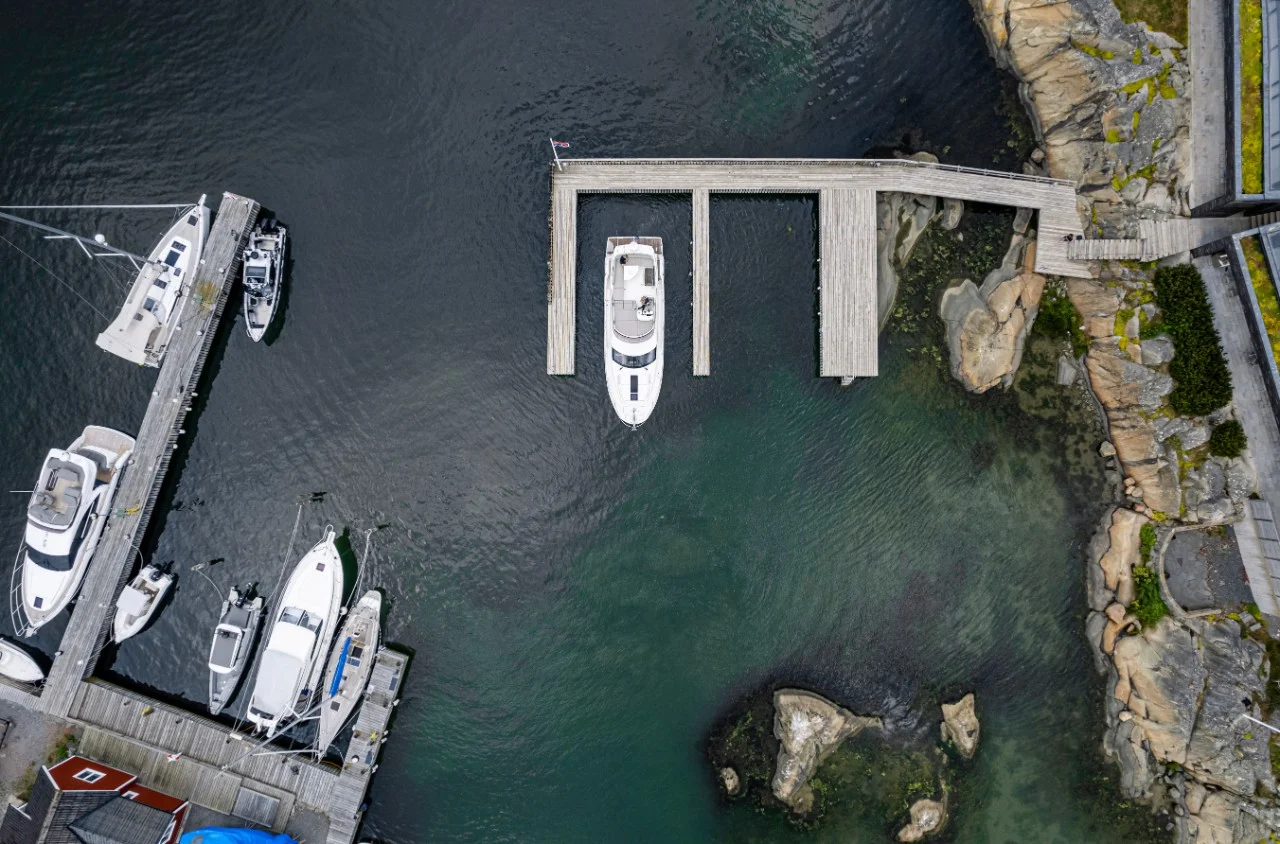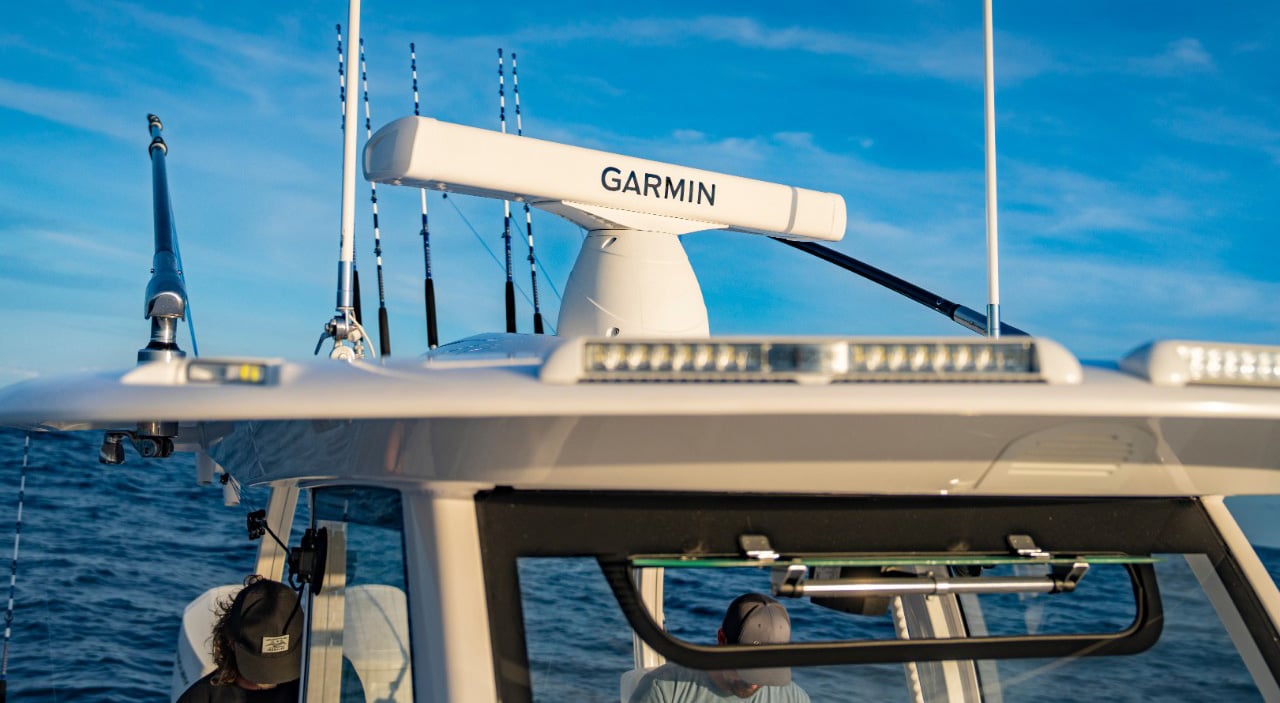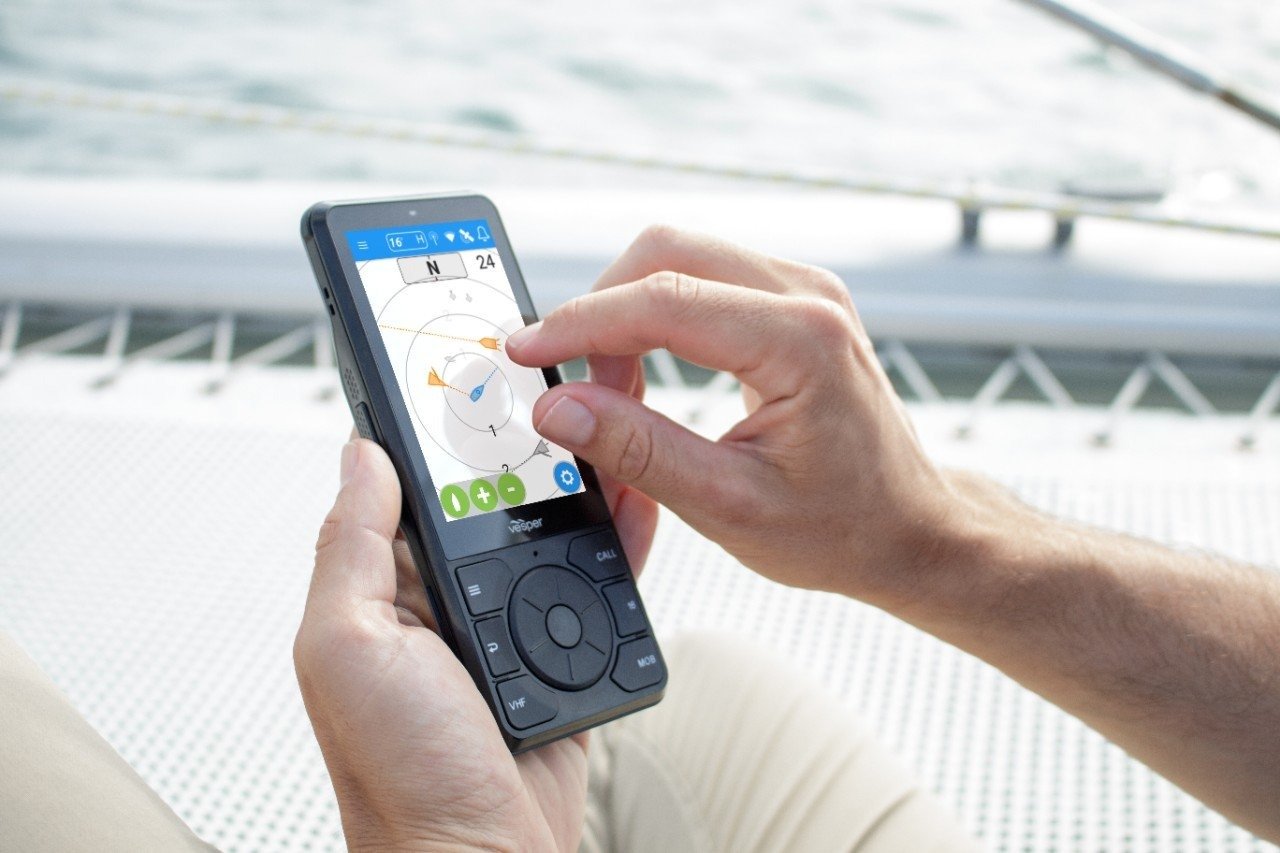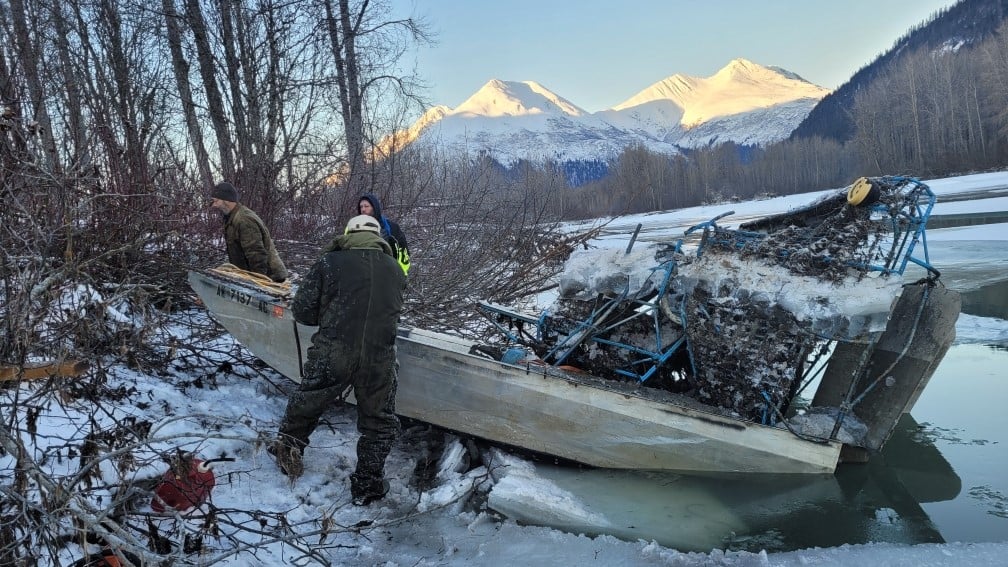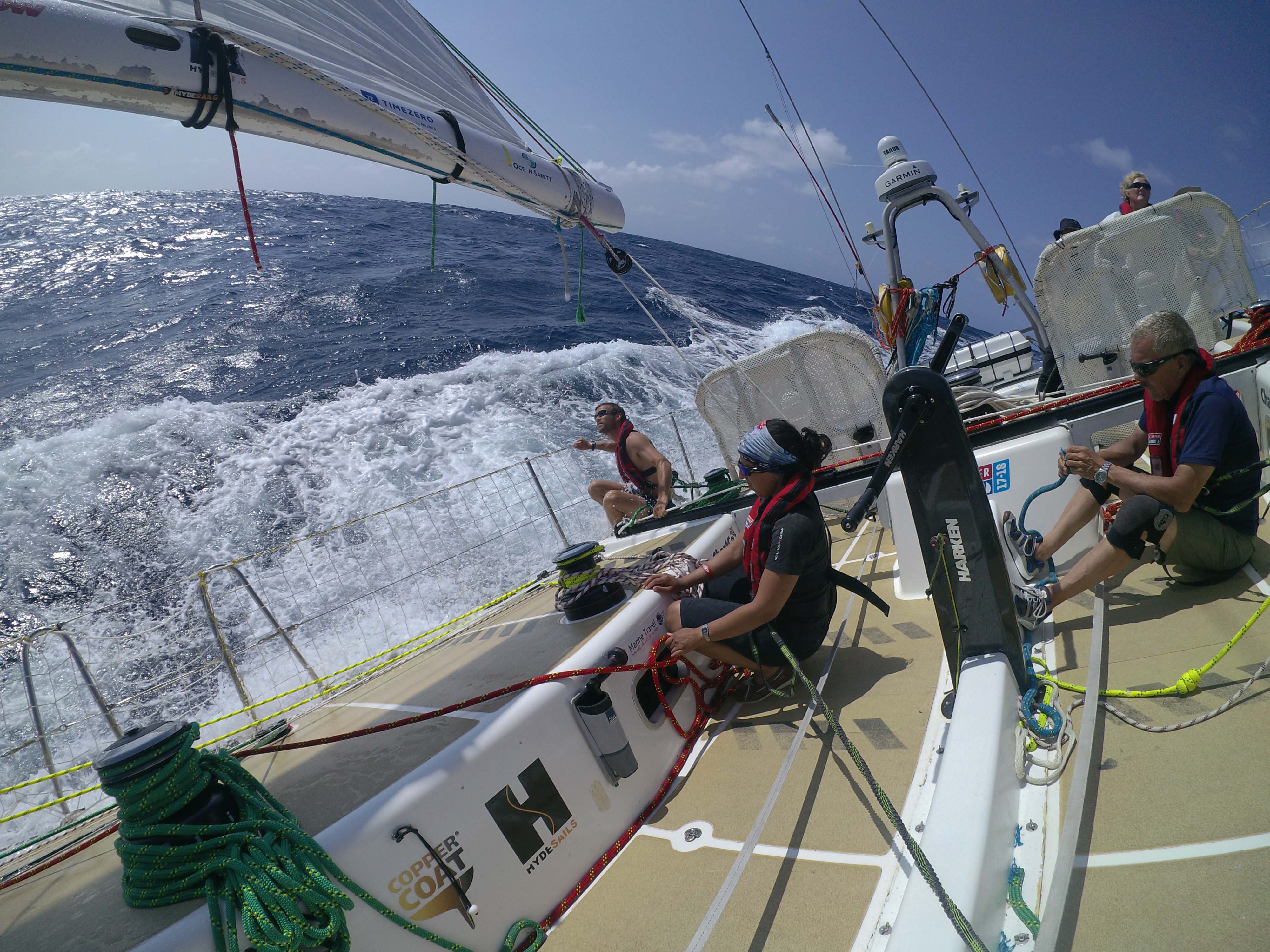
Team Garmin Clipper Race Report: Atlantic Trade Winds Leg 1, Days 15-28
With my first blog, I left you sailing under the Code 3 (heavyweight spinnaker) heading south-southwest towards the Cape Verde Isles, some 350 nautical miles distant. Well, this point of sail continued as we passed to the east of the Cape Verde Isles. We chose to be to the east as we expected more favourable wind conditions and a flatter sea than we would encounter if we went with our fellow competitors to the west. However, whilst we got the favourable sea conditions, the wind didn’t behave as expected and so we did not improve our race position quite as much as we hoped. Hey ho.
Wildlife has slowly diminished as our voyage has gone on; we had dolphins by the score from St David’s Point in Wales through to the Bay of Biscay, and a whale sighting just south of the Isles of Scilly but nothing since, other than various birds and a turtle. However, some of the birds have been interesting, particularly those who hunt the flying fish that the Good Ship Garmin puts to flight as she ploughs through the waves. However, even our birdy friends have become scarcer and scarcer over the last couple of weeks or so.
6th September saw us enter the Doldrums Corridor and the spinnaker came down to be replaced by a yankee and Staysail for several hours before having to resort to the 60 hours of motoring allowed in the Doldrums Corridor rules. At 11.00, 9th September, we were all very pleased to turn off the onker (engine) and sail under white sails (Yankee 2 and Staysail) once again. We now had to again get used to living at 45 degrees instead of the 60 hours slamming of the boat under engine and the near-flat conditions of the previous ten days or so under spinnaker.
Our time in the Doldrums was quite the opposite of expectations. Instead of windless, mill-pond-like sea conditions, we banged along in winds varying between 6 and 20 knots on the nose and with occasional rain – but still with the oppressive tropical heat and humidity one expects in this part of the world. However, we did see some clumps of Sargasso seaweed floating on the top of the water, which Helms had to carefully avoid to save wrapping it around rudders and prop.
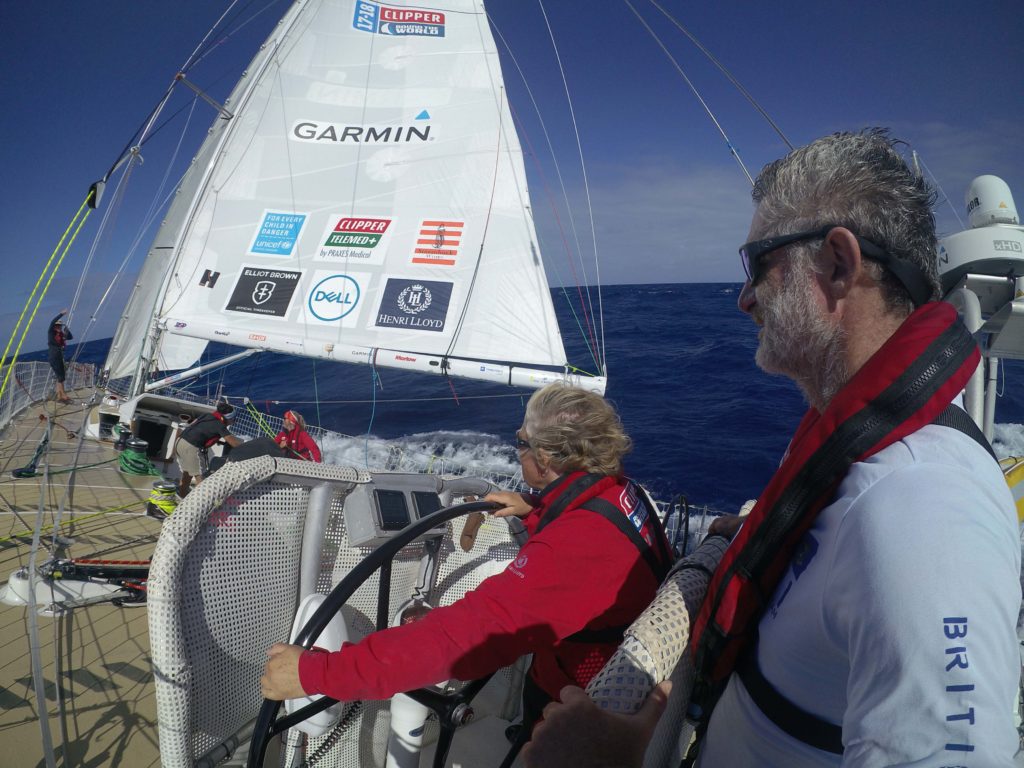
.
The 60 hours of motoring purgatory did at least give us some time to catch up with R&R and work on the gear, although I am pleased to say that we had few real repairs to do and time was primarily spent on maintenance and improvements. The former largely consisted of whipping repairs to frayed rope ends and the latter to splicing new dynema donuts onto the tacks, heads, and clews of all sails for hailyards, sheets, etc to connect to. Those crew with more sailing knowledge, skill, and experience, and perhaps those with a bit more enthusiasm, tend to find most of the jobs that need to be done and so it was those with fewer of these attributes that tended to get the benefit of more rest and recreation. Life onboard is thus similar to that ashore – if you want something done, ask a busy person.
11:15 on 10th September saw us cross the Equator whereupon King Neptune (aka Erik Hellstrom, our only Shellback) helped initiate the rest of the Pollywog crew.
Breaking news: as I write, we have just been informed that we were 3rd in the Elliot Brown Sprint off the coast of Brazil – so a point on the board at last! We understand that we lost out by just 12 minutes to the winners and just 4 minutes to the second place – this over 300 nautical miles. We were particularly pleased with our result because all our Helms are novices to ocean racing and the many hours our skipper GT spent coaching them prior to the sprint paid off. GT refrained from helming at any point throughout the sprint.
We have been having more and more fun with my Garmin Quatix 5 watch. I tend to stand in the shrouds for most of my 4 or 6 hour watches, calling trim to the grinders in the cockpit and updating the helms on their speed averages. These calls have started to take the form of small rhymes, such as “pieces of eight, it’s 12.8” and “Good grief that’s poor – it’s dropped to 11.4” to which the helm retorted “Ambassador, no excuse have I got but the wind did drop a couple of knots”. As you might imagine, these are some of the less smutty ditties and you can make up your own rhyme from here. This has not only provided some laughs but has seriously improved the performance of our watch, so much so that its use has now become part of our skipper’s standing orders (see skippers’ log dated 10th September). This in turn meant that I have had to hand over my Quatix to the other watch at the end of my watch so they can use it – urgent re-supplies are urgently needed! I have further added to my Big Brother supervision of helms by adding GPS course info to the watch face. Woe betide any helm who wanders now! The watch has certainly become our secret weapon and I think it is a key factor in our recently improved performance and team morale.
We are all now really looking forward to arriving at Punta Del Este for steak and red wine. Let the adventure continue.
Dave West
Garmin Ambassador on Garmin – CV22

